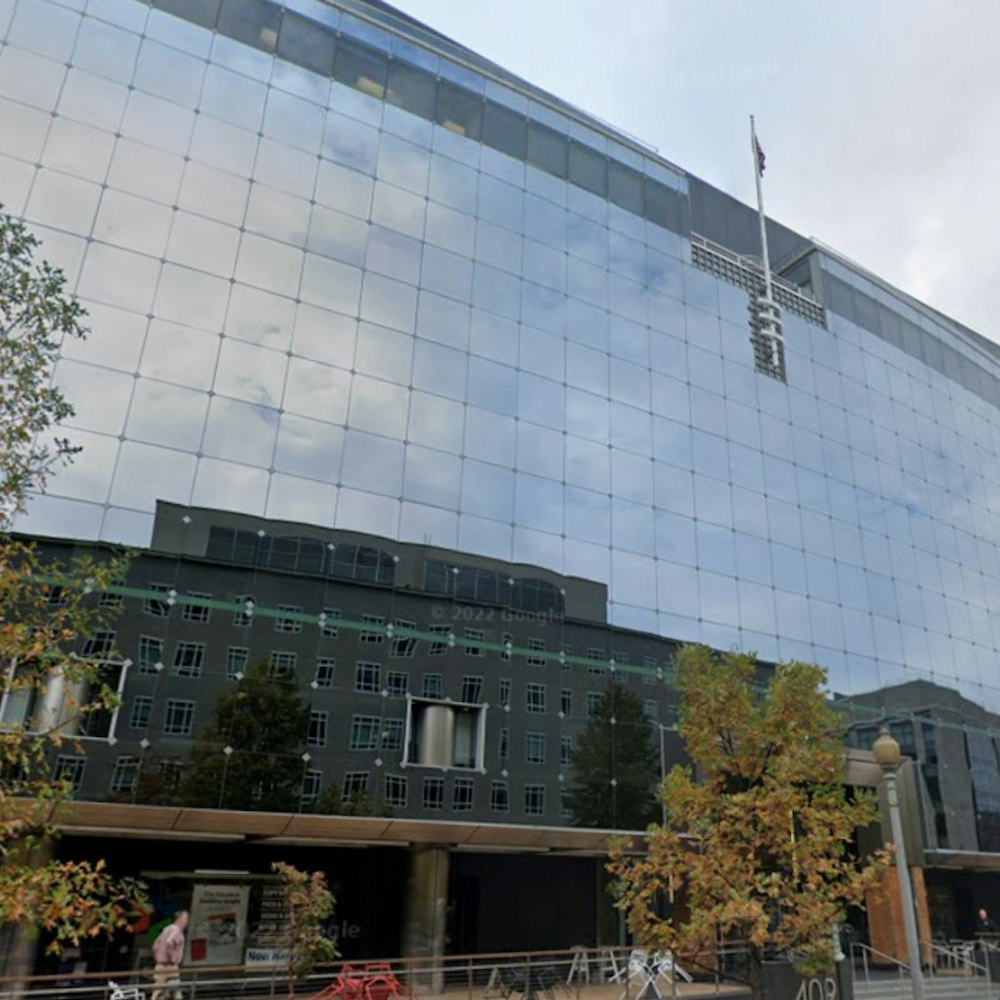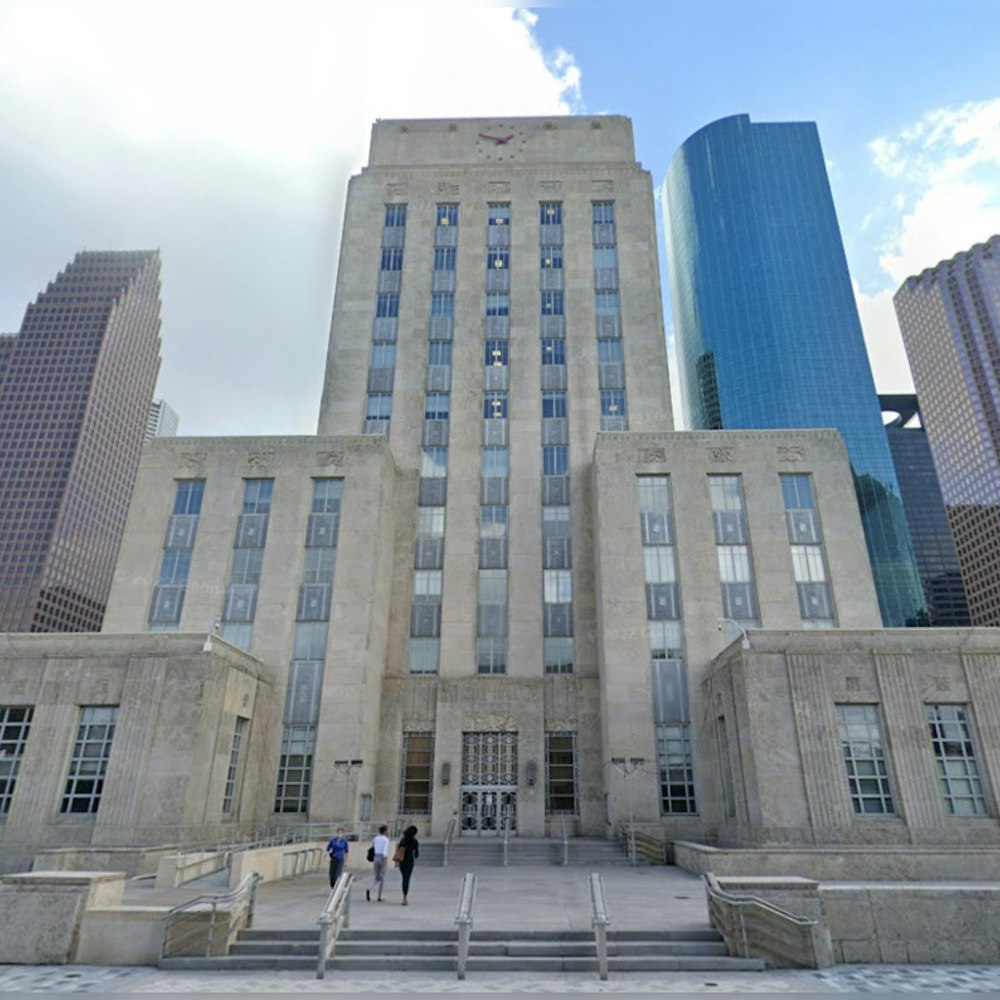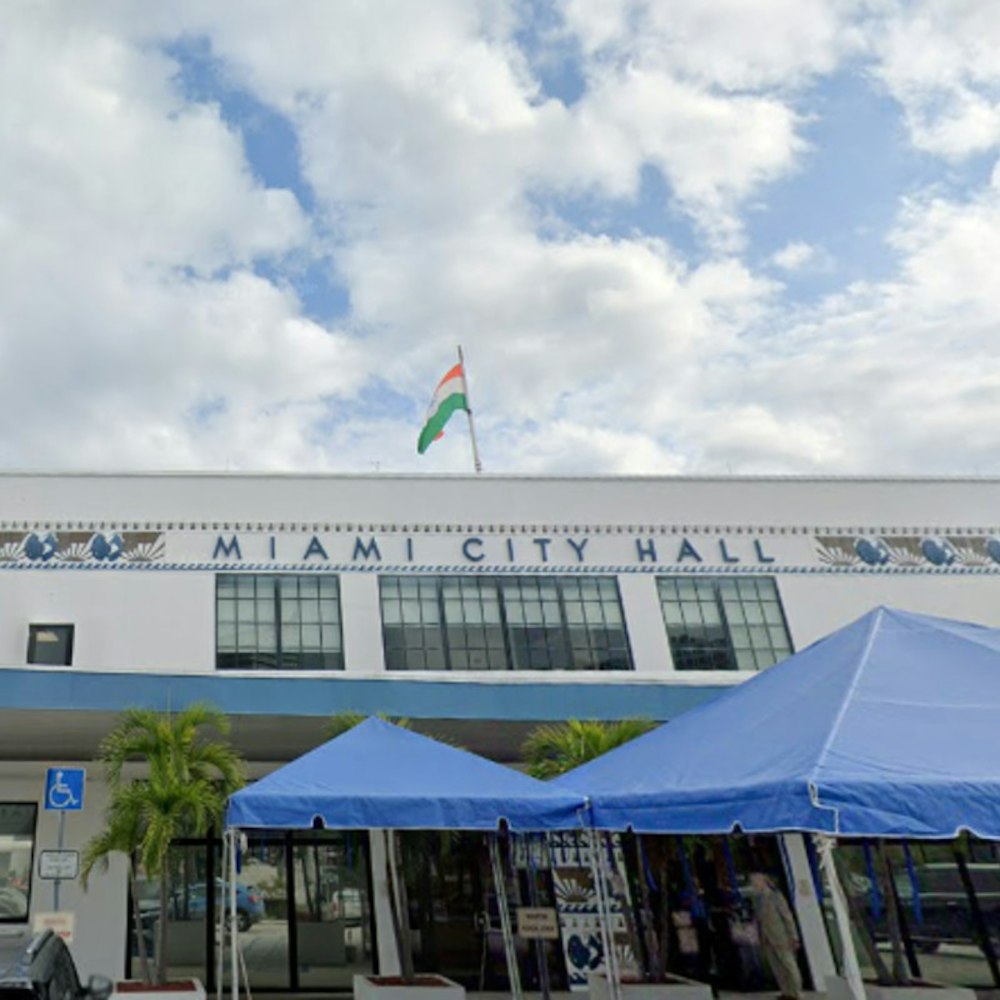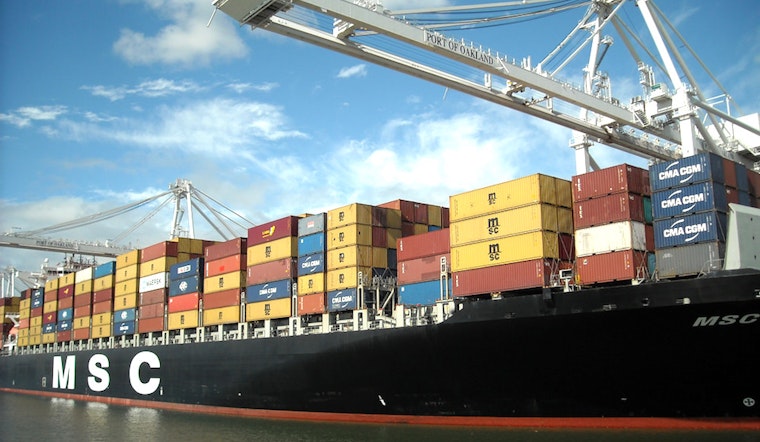
The Port of Oakland holds and receives nearly 2.4 million shipping containers each a year. If Luke Iseman had his way, Oakland would hold onto even more of them.
Iseman is founder and CEO of Boxouse, a West Oakland-based startup that makes affordable housing out of shipping containers.
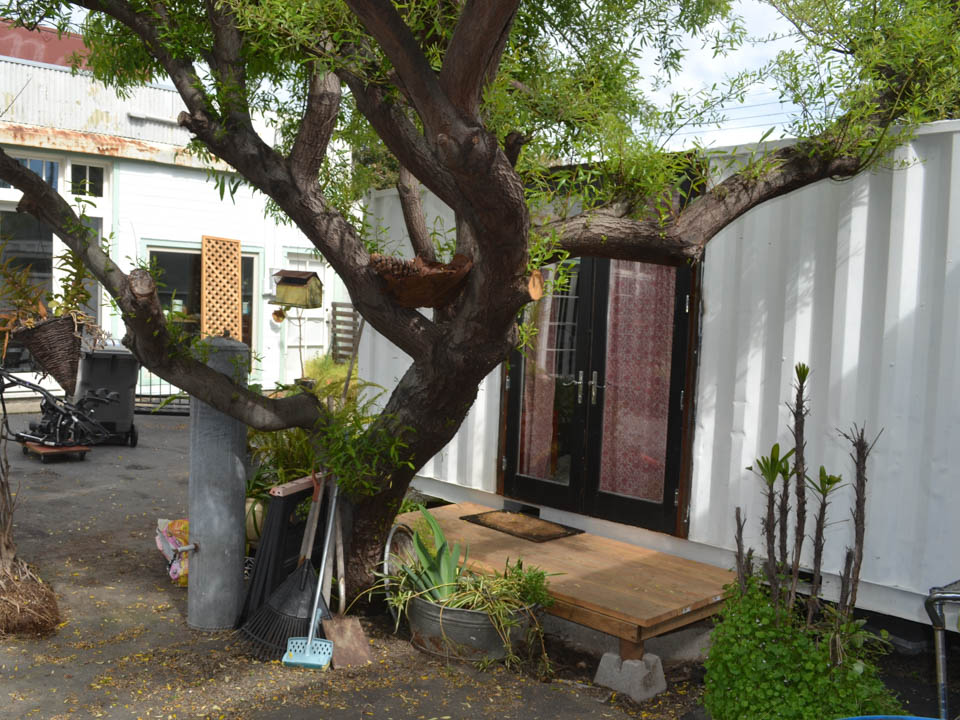
A used 20-foot container that's eight feet high and eight feet wide retails for around $1,500. In less than a week, the Boxouse crew can cut out a door and window, add insulation, framing, and electric grid capabilities and market it as a bare-bones model for $9,000.
More expensive than a month’s rent, to be sure, but for many Oaklanders, a fraction of what they might pay in a year.
“If you ask anyone if we need more affordable housing, people will say 'yes'. But we’re not building fast enough,” said Iseman. “A big reason cities are in danger is from an increasing gap between those who want to live here and those who can afford to.”
According to Iseman, shipping containers can meet that need.
Boxouse offers higher-end models that retail for more, but even its most expensive model— a solar-powered, off-the-grid deluxe package with bathroom, kitchenette, and bedroom—retails for $49,000. The current median home price in Oakland is $685,000.
“We can create instant housing,” said Iseman.
Because shipping containers are made to be moved, Iseman sees the versatility of the design as an asset.
For example, he said loading a Boxouse container on wheels, such as a truck trailer, would then qualify it as a vehicle, making it eligible for parking at any lot in Oakland. Because containers are built to fit together like Legos, they can be stacked or expanded with modular additions.
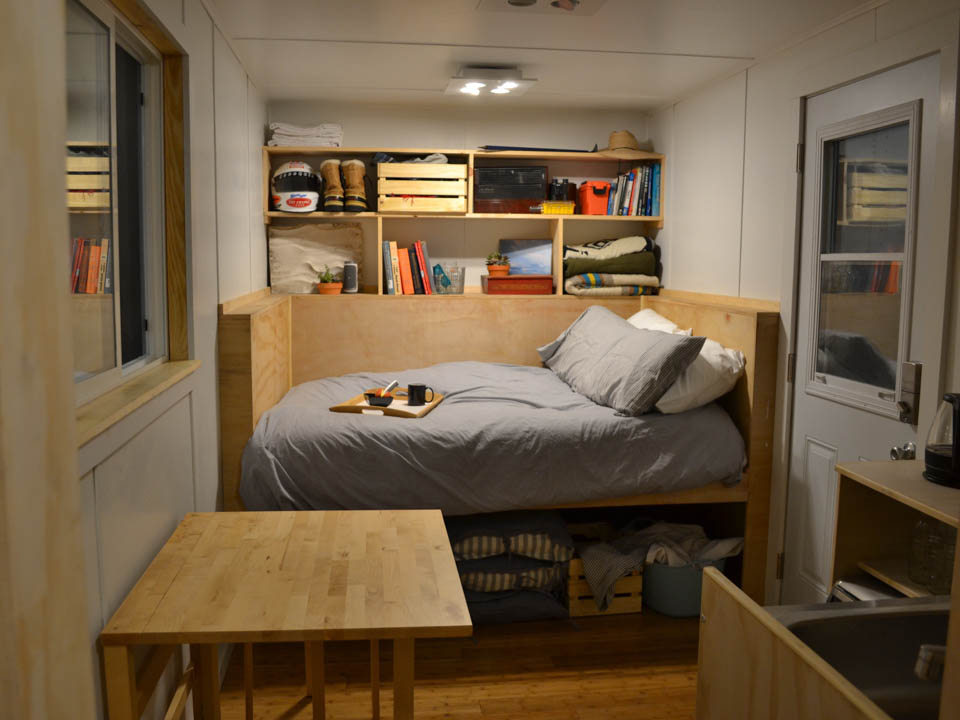
Iseman said, Boxouse could hypothetically convert a vacant block into a two hundred-unit residential complex in just a week. As a more immediate possibility, Boxouse could serve as a quick source of accessory dwelling units, also known as mother-in-law units.
“My target is to deploy these as Section 8 housing,” said Iseman, referring to the program that subsidizes housing for elderly, disabled, and low-income Americans.
“In the nineties, Oakland had one of the highest rates of residents living in Section 8 housing. Now it has one of the lowest. And that’s not because demand went down.”

Iseman describes current Oakland policy as having a “chilling effect for small innovators.” Because Bay Area property is expensive and city licensing is pricey and often drawn out by bureaucratic delay, he said few companies can absorb the time, permits, and risk of investing in new construction.
Iseman isn’t interested in building highrises. “Our goal is to build places that people want and that they can afford to live in,” he said. “That’s our equivalent of building software that everyone wants to use.”




